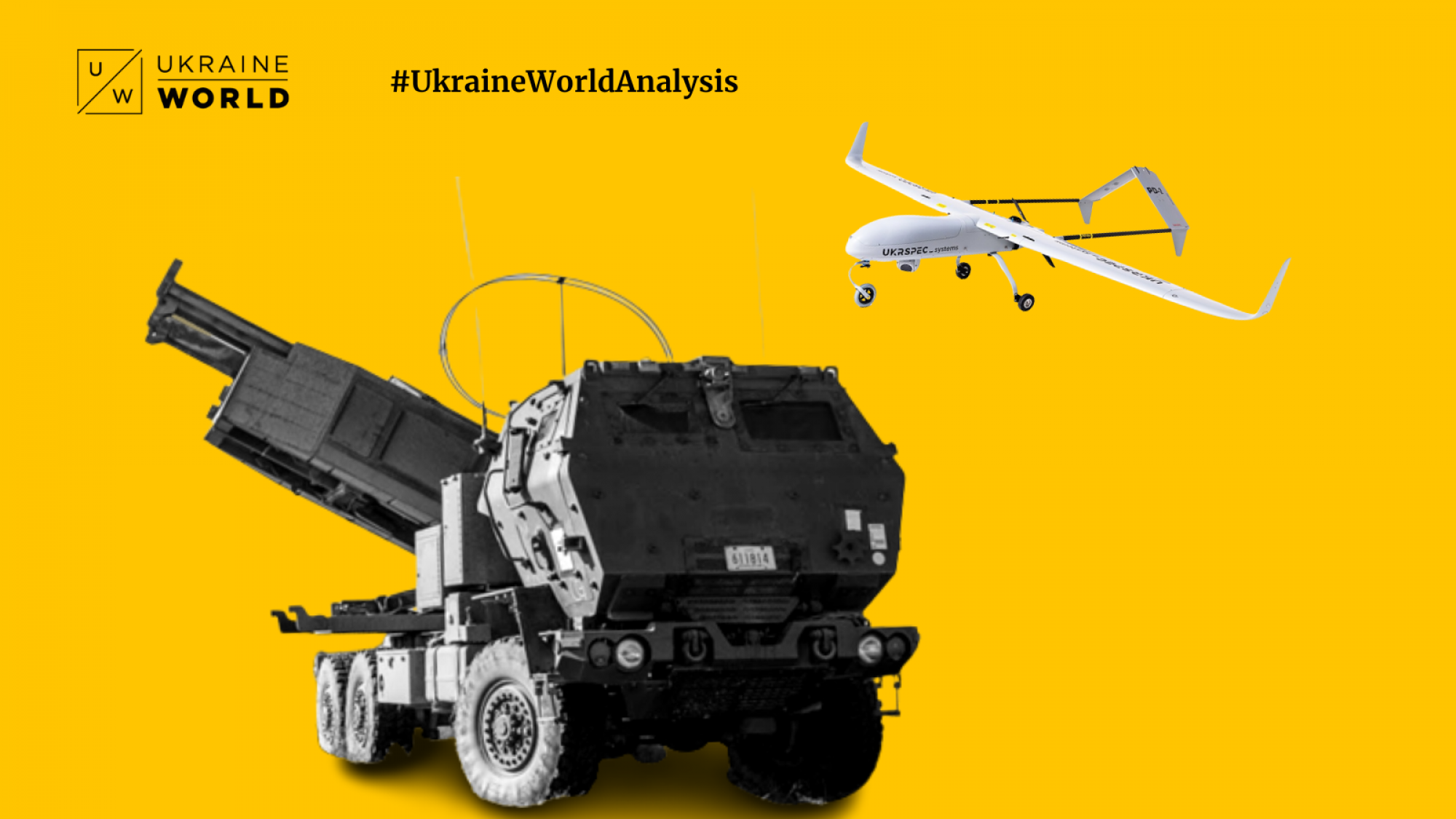
On the advanced tech Ukraine has been using and benefits it bringsSince becoming independent from Russian influence in 2014, Ukraine has managed to adopt advanced methods of warfare. Russia mainly uses both weapons and methods from the 20th century. It never understood that Ukraine had left the paradigms of 20th century wars, when the amount of military equipment brought to the battlefield was the decisive factor.
Ukrainians have managed to independently master unmanned aerial reconnaissance, and other UAV operation skills in a broad spectrum, from the simplest observation missions to reconnaissance and strike UAV complexes.
Another important aspect concerns systems of communications control. If Ukraine didn't have modern control and communication technologies, the enemy would be able to scan the radio spectrum to intercept radio signals between military units and various weapons systems control signals. Thanks to its advanced communication systems, the Ukrainian Armed Forces can effectively maintain its troops' command and control and manage its weapons systems.
Counter-battery warfare has also changed for Ukraine. Using advanced technologies, Ukraine can effectively counter the enemy "asymmetrically". We can't reach parity in the amount of military equipment, but with superior technology, we can at least ensure a balance of forces and means.
For example, our artillery systems can be located not in a single line, but are equipped with advanced communication and information transmission systems that allow them to deliver a concentrated attack on a consolidated target without exposing themselves to the risk of being destroyed.
On the high effectiveness of modern weaponryThe Soviet-standard weapons in the pre-war Russian and Ukrainian arsenals, unlike high-tech weapons Western weapons, were created to fulfill one specific task.
One HIMARS can counter an entire battery of Soviet-heritage MLRSs, such as the Uragan or Smerch. Why? Because launching 6 rockets from a HIMARS takes only 1-2 minutes, with reloading requiring about 5 minutes. Reloading an Uragan or Smerch after firing a salvo can take an hour, during which the platforms are highly vulnerable to counter-battery fire.
Ammunition for Soviet MLRSs can be used for a very limited set of fire missions. They are tools for a fire mission type. With HIMARS, the range of ammunition which can be launched from the single platform provides the ability to perform a whole range of fire missions, from the destruction of tactical targets to operational or, even, strategic depth strikes.
We hear about positive examples of non-standard uses of certain types of weaponry, but don't hear about the negative ones, because they mostly result in the death or maiming of their operators. Non-standard use of weapons shouldn't be undertaken on a mass scale. It's always a risk.
On the current state and prospects of Ukraine in the sphere of advanced military technologyUkraine is fully dependent on imports of high-tech weaponry. We have military factories with almost full production cycles, and we are improvising and improving. But our Stugnas, Vilkhas, and Neptunes are results of deep modernization of Soviet weapons, not originally-produced ultra modern weaponry.
The proper production base, skills, and knowledge about advanced technologies which the Ukrainian Armed Forces are acquiring in the course of this war can allow us to implement advanced ideas. It's a long-run prospect. To become self-sufficient, we need to educate a new generation of professionals, explore all the latest technological developments, and consider our combat experiences.
Ukraine shouldn't aim to produce every kind of weaponry itself. It's necessary to work on certain niches that would meet Ukrainian needs and integrate Ukraine to the global system of weapons production.We already have certain developments. For example, Ukraine and Turkey will jointly produce the new generation of Bayraktar Kizilelma UAVs, for which Ukraine will produce the engines.
The UK will provide Ukraine with underwater drones, which is also a chance to learn how this kind of technology works.
We need to develop knowledge-intensive production. Any high-tech weapon system requires elements of electronic computing technology.
Dependence on imports of advanced technologies is a Russian weak spot, too. Russia can produce any equipment, but it will work at the level of 1960-70s. The difference is that we're aware of it, while Russians aren't. And that's our advantage.
No comments:
Post a Comment